It’s a peculiar place, the local B-segment sedan market. The heartland of the automotive scene in Malaysia, these small, ungainly-looking booted hatches regularly stirs the emotions of the buying public in a way no supercar can ever hope to match. It’s a highly competitive segment, with no margin for error, and your lead in the marketplace only lasts until the next time your competitors are refreshed.
That’s the situation in which the Nissan Almera currently finds itself. Once providing unbeatable value – prices start at just RM66,827 for the base E manual variant, topping off at RM79,837 for the VL – at a time when its rivals pushed for greater sophistication at premium prices, it has suddenly seen its share in the market eaten up, with both the new Toyota Vios and Honda City now featuring stripped-out, bargain-basement variants of their own.
To try to make up some of that ground, the company is pushing in the other direction with, ahem, the Nissan Almera Nismo Performance Package, aiming to inject some fun and sporting pedigree to its best-selling model, as well as to maintain its considerable foothold in the market. Is this the perfect shot in the arm for the Almera, or is it just a bridge too far for Nissan’s fledgling performance brand?
The Nismo Performance Package consists of a bodykit (RM3,600), a set of 16-inch alloy wheels (RM2,800) shod with 205/50 ContiMaxContact MC5 tyres (RM1,600), an exhaust claimed to reduce back pressure (RM2,000) and a series of suspension upgrades (RM3,000).
You can buy the parts separately, the Aero Package only – bodykit, wheels, tyres – at RM8,000, or the whole kit-and-caboodle (Performance Package) at an eye-watering RM13,000. There is no saving to be had in choosing either package, so you might as well just pick out the parts that you want individually.
For what it’s worth, though, it does at least look pretty enticing. The bodykit starts with a jutting front apron, under which sits a large splitter finished in metallic grey with a red pinstripe. This grey and red theme goes around the car, through the fatter side skirts and the large rear diffuser design. Topping it all off is a sizeable grey lip spoiler on the boot lid.
Unlike full-on Nismo cars like the Juke, these parts have been added on, rather than becoming an integral part of the design. Even so, it works well, sharpening up the Almera’s slightly pudgy looks without adding even more visual heft, a pit which other bodykits for B-segment sedans fall into.
Enhancing the look even further are the gunmetal grey 16-inch alloy wheels, which feature a diamond cut finish on the lip and the tops of the spokes. But the real head-turner effect can only be achieved with the suspension kit, which drops the car by a full, juicy 30 mm. One caveat, though – at this ride height, the car will end up scraping its enormous front splitter over larger speed bumps and steep parking ramps, so it pays to be extremely careful.
This particular unit has also been kitted up with additional Nismo accessories, such as the carbon-fibre wing mirror covers, bucket seats, an Alcantara and leather trimmed steering wheel and Nismo-badged front mats and kick plates. The interior upgrades in particular really liven up what was decidedly a cheap-feeling, albeit very spacious and intuitive cabin.
Except they don’t come cheap. Nissan has yet to release individual pricing for these parts, but it is estimated that together they will cost in excess of RM8,000 on top of the already pricey Performance Package. Specifying a VL-spec Almera fully kitted-up as tested – complete with the navigation package, door visors and sporty alloy pedals – would push it north of the RM100k mark.
Out on the move, the Almera makes an immediate statement to bystanders with its exhaust, which emits a nice, throaty roar going up the rev range. That doesn’t get through to the driver’s seat, though – instead, all you get is a bassy boom low down, and as you pin the throttle, the loud, uninspiring thrash of the engine really starts to take over.
Still, at least it’s unintrusive – you quickly learn to tune out the slight drone the exhaust produces at a cruise – but a little more of the exhaust’s character inside wouldn’t go amiss. Wind noise has actually been improved through the wing mirror cover’s odd shape, while tyre noise remains at an acceptable level even with the wider tyres, but it’s still not the most refined car in its class.
Less unintrusive is the ride, which is noticeably firmer than on the regular Almera, thumping into bumps and generally transmitting more of the road’s imperfections into the cabin. Through my experience, it’s just about bearable – it’s still less stiff than some of the full-on hot-hatches out there – but your mileage may differ. Living with this car day in, day out could eventually get tiring.
The 1.5 litre CVTC four-cylinder engine is unchanged, making the same 101 hp at 6,000 rpm and 139 Nm at 4,000 rpm as the standard car. These are the lowest figures in the B-segment sector, and while the car is fairly frugal – driving more sedately I averaged around 8.0 litres per 100 km – it definitely feels slightly asthmatic, struggling to pull itself along with much conviction.
The new exhaust does seem to help with the throttle response, though, and the quick-witted four-speed automatic transmission does make the most of what little the engine has, making overtaking manoeuvres an easier and less heart-stopping affair.
There is more fun to be had hustling the Almera Nismo through a corner – the car feels much more effectively tied down than with the rather wooly standard setup. Body roll has been significantly reduced, and so has the slightly floaty sensation the regular car had at higher speeds. Also shining through is the Almera Nismo’s surprising agility – it resists understeer pretty well, betraying the relatively low weight
Push it harder, though, and a number of things start pouring cold water onto proceedings. The new tyres, while undoubtedly holding on far better than the regular ContiComfortContact 1 tyres of the standard Almera, are still short on grip. Out of slow corners in a low gear, they can get overwhelmed even by the engine’s fairly modest torque.
Some of the previously acceptable regular car’s traits also become painfully apparent in what is now billed as a sporting variant. The gearbox – while quick to kickdown when you put the pedal down – also upshifts far too early when you lift off the throttle, which can impede progress, especially uphill. The gap between second and third gear is also too wide, and you can forget about fourth in spirited driving.
But it’s the steering that is the biggest problem. Not in terms of feel (admittedly not much is on offer) or heft (it’s too light, even though weight is added on the faster you go), but the speed of the rack itself. At nearly three turns lock-to-lock, you find yourself having to put in more steering input than you would expect.
As a result, you are constantly second-guessing yourself, always coming into the corner watching the car seemingly push wide, only to realise you still have oodles of steering lock left to go through. It’s a disconcerting feeling and robs you of the confidence to really commit to a corner.
It has to be said, however, that despite these shortcomings, the Almera Nismo is still a very likeable car and more than a decent steer. It’s a far cry from the insipid handling traits that has come to characterise the segment, all the while retaining much of the standard Almera’s strengths such as the low fuel consumption and the incredible spaciousness.
But is it worth the considerable extra outlay? If you can stomach the fairly stiff ride, maybe. Certainly, if you plump for the less expensive variants like the V, the premium becomes slightly easier to swallow, as you would still be paying B-segment money for a B-segment car.
Step up to the VL model and it becomes a bit more difficult to justify, but in this writer’s opinion the car is still better value than the all mouth, no trousers Toyota Vios TRD Sportivo that retails for around the same price – although sit inside and you do initially wonder where all your money went.
There is a fly in the Almera Nismo’s ointment, however, in the shape of the Suzuki Swift Sport – a proper hot-hatch that costs just six grand more with a six-speed manual (and if you’re going to buy a hot-hatch you really should skip the CVT option). Yes, it will be considerably less practical and more expensive to run (RON 97 is recommended for better performance and ultimate reliability) but enthusiasts looking for a properly sterling drive would likely be paid back handsomely.
Ultimately, the Nismo Performance Package, while providing buyers a fairly attractive, relatively sporty option in the marketplace, doesn’t quite manage to completely alter the Almera’s characteristics. What it does do, however, is leave the door open for a rather attractive proposition – what about a proper high-performance Almera? Maybe with the Juke’s 1.6 litre DIG-Turbo engine, a manual gearbox, quicker steering, beefier brakes and grippier tyres? Now that could be quite something…
Looking to sell your car? Sell it with Carro.

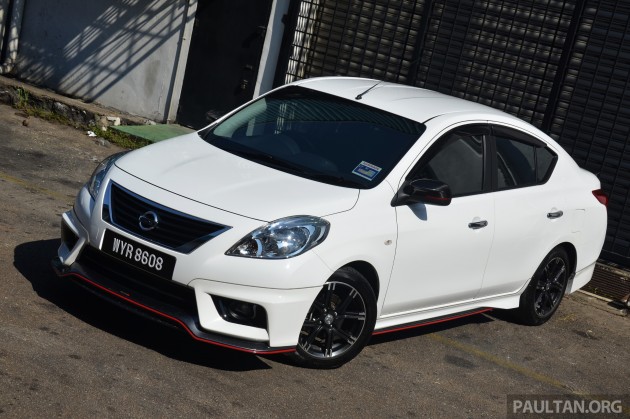
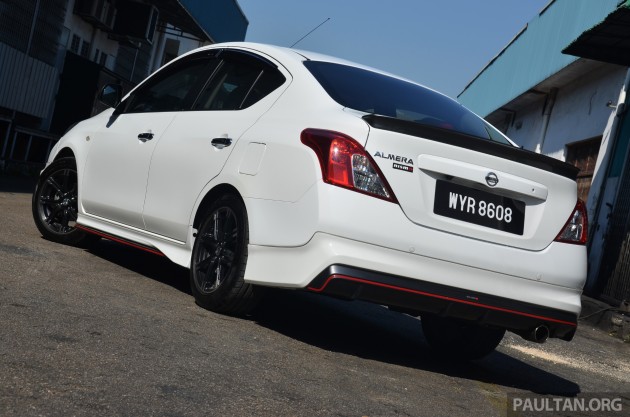
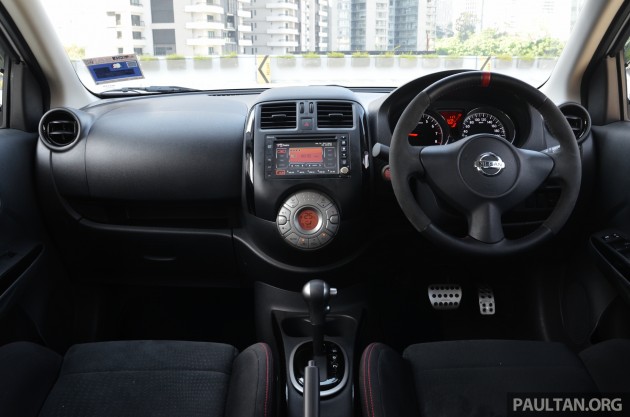









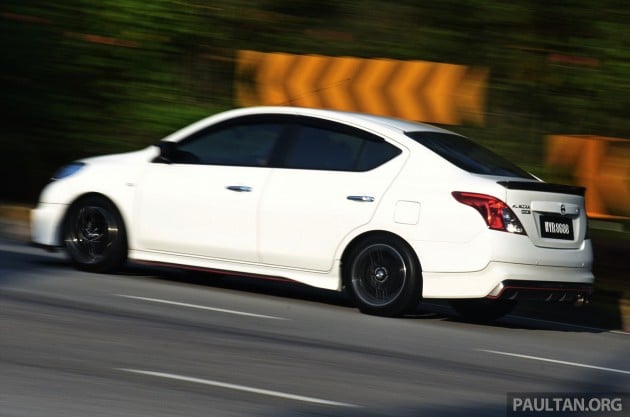
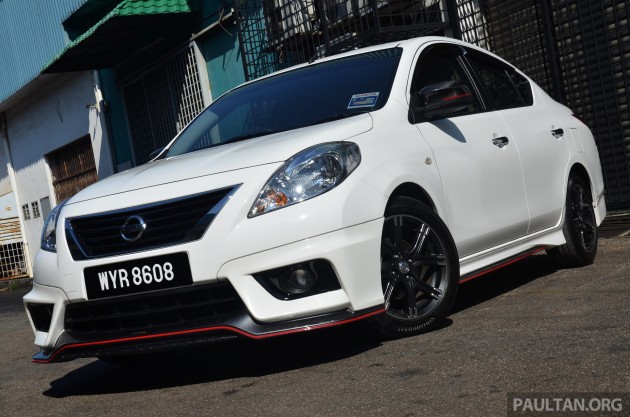

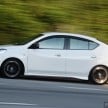
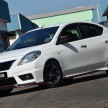

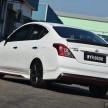
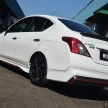
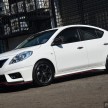
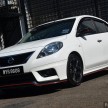
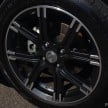
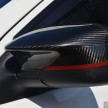
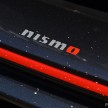
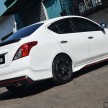
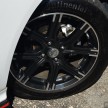
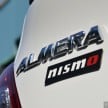
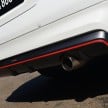
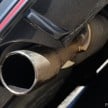

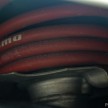
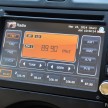
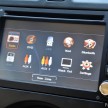

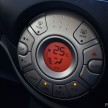
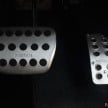

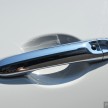
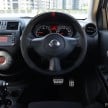
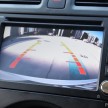
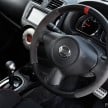
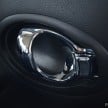
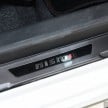
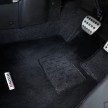
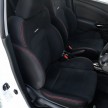
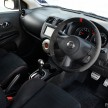
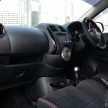
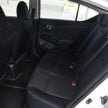

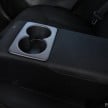

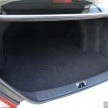
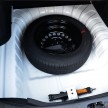
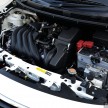

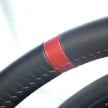

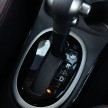
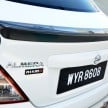
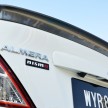
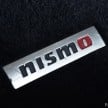
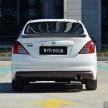
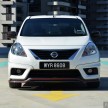

















AI-generated Summary ✨
Comments generally agree that the Nissan Almera Nismo Performance Package is mainly a visual upgrade rather than a performance boost, with many critics deeming it unnecessary or ineffective for the car's capabilities. Several commenters highlight the car's underpowered engine, unexciting handling, and generic styling, suggesting it fits its role as an affordable family car rather than a sporty model. There is skepticism about whether the Nismo badge adds real performance value, with some relaying that modifications like body kits and spoilers are mostly eye candy. Others compare it unfavorably to competitors like the Honda City, Toyota Vios, and Proton models, emphasizing the importance of safety features and value for money. Overall, the consensus is that the package is more about appearance enhancement than true performance improvement.